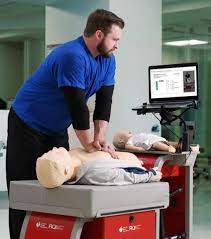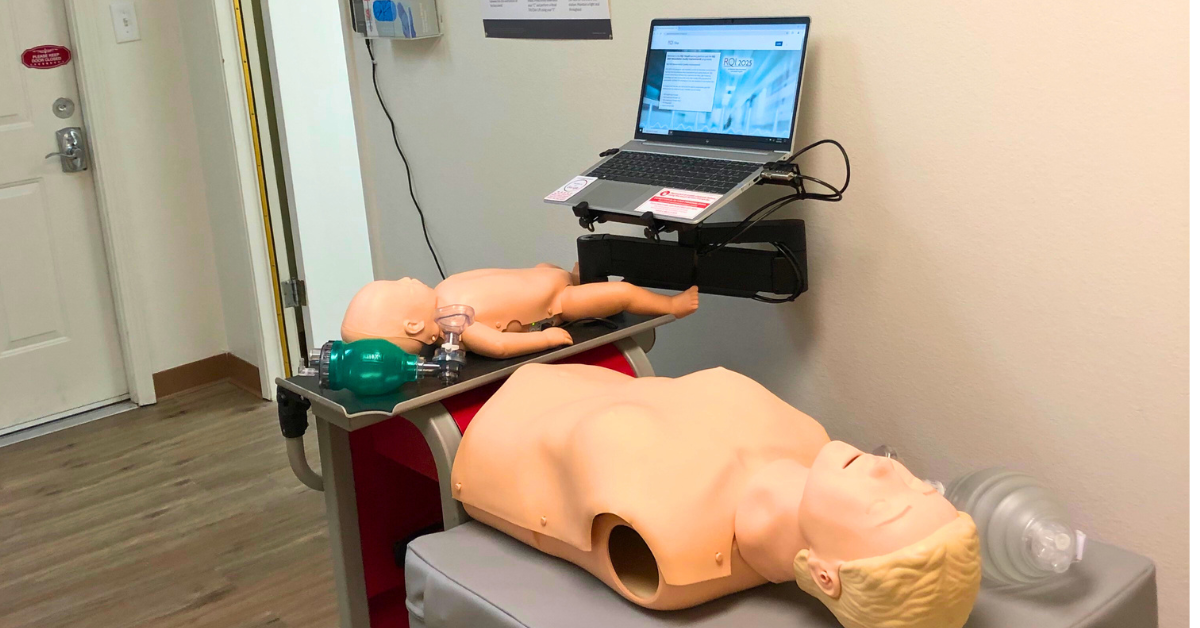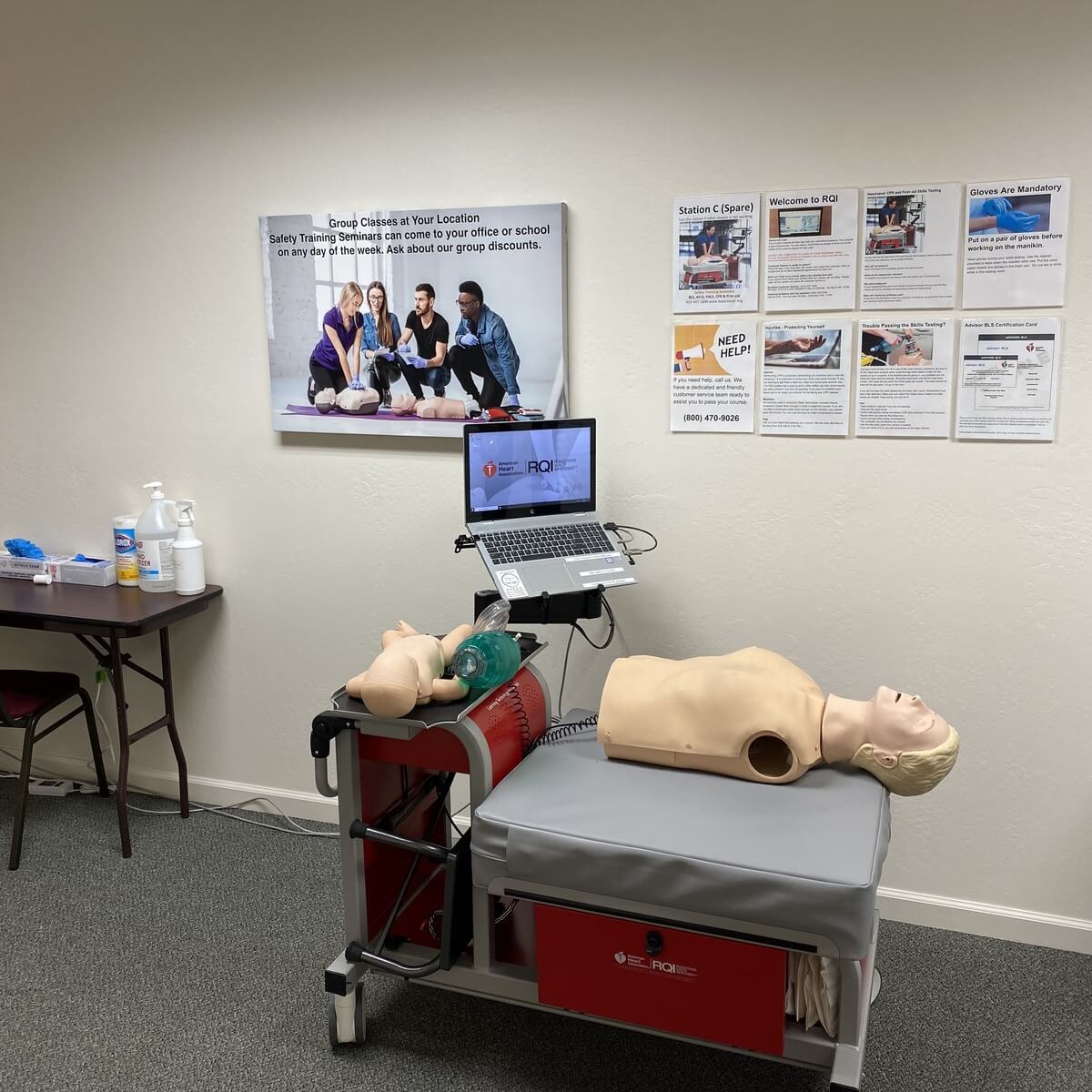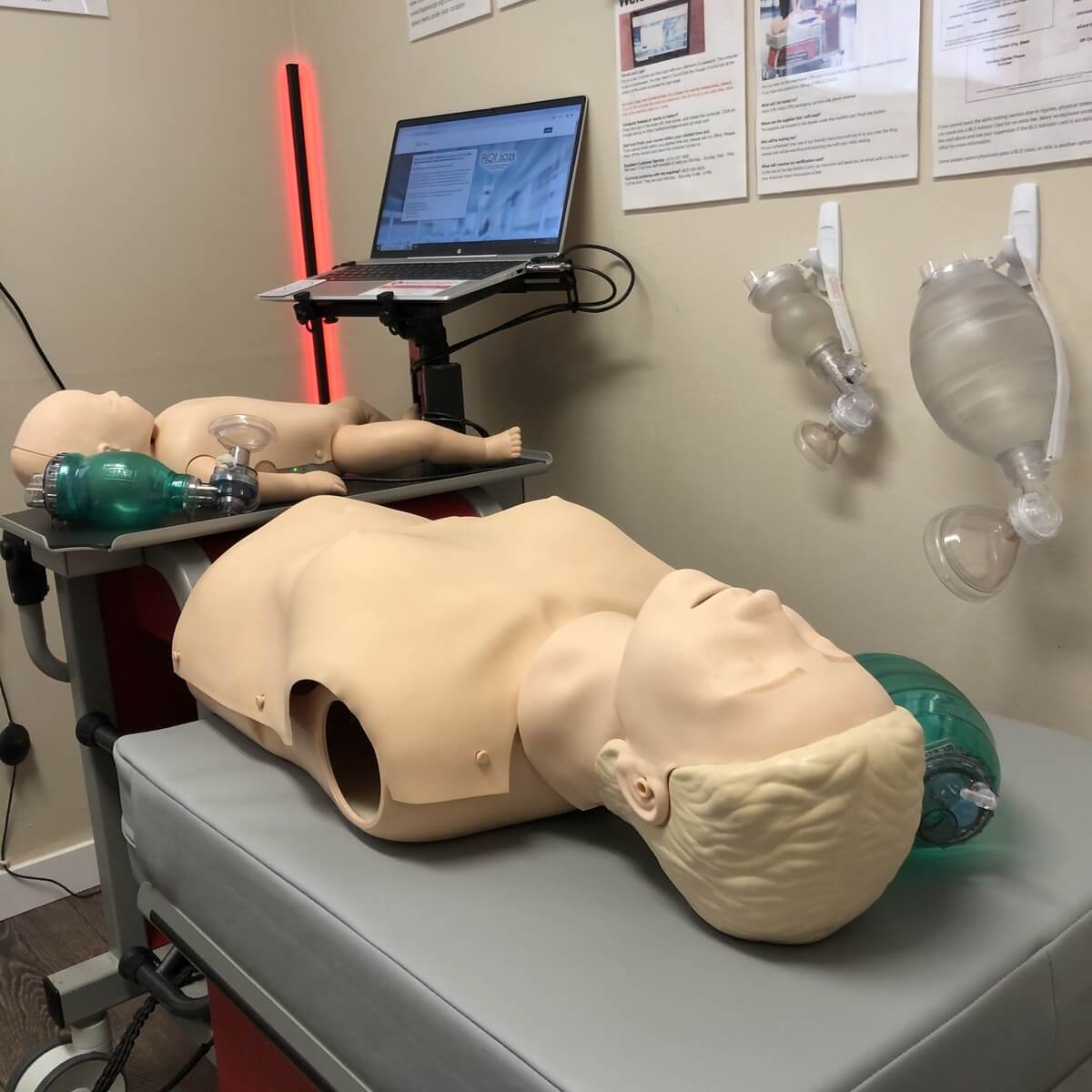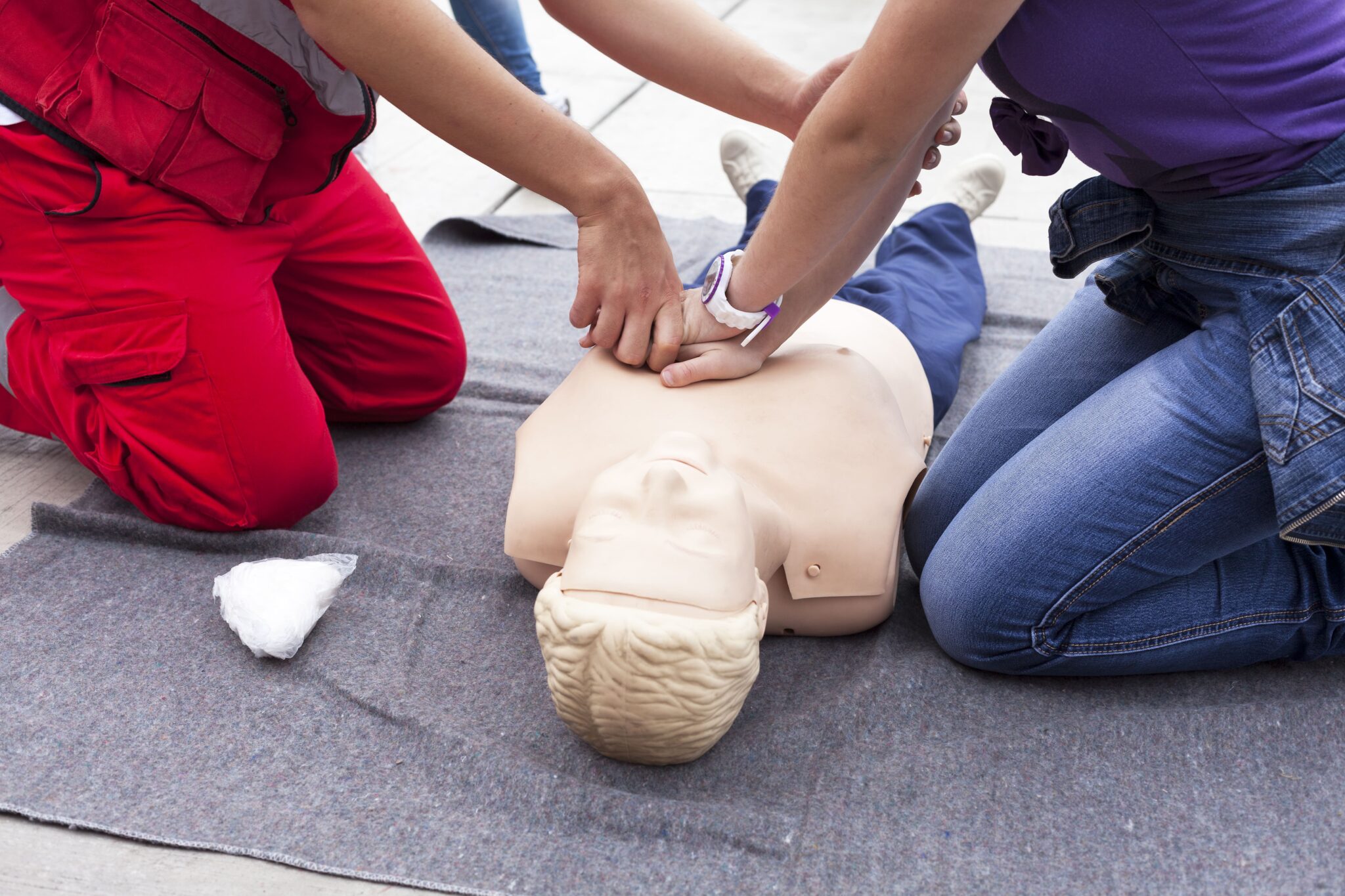When emergencies happen, especially those involving cardiac arrest or respiratory failure, every second counts. For healthcare providers, first responders, and even the general public, having the right training can make the difference between life and death. That’s where BLS certification comes into play. But what is a BLS certification? And why is it essential?
What is a BLS Certification?
BLS stands for Basic Life Support, a level of medical care used for victims of life-threatening illnesses or injuries until they can receive full medical care at a hospital. A BLS certification is an official credential that confirms an individual has been trained in the essential skills needed to respond to breathing and cardiac emergencies, such as:
- Performing high-quality cardiopulmonary resuscitation (CPR)
- Using an automated external defibrillator (AED)
- Providing rescue breaths
- Managing choking emergencies
A BLS certification is most often required for healthcare professionals, such as nurses, EMTs, paramedics, and doctors, but it can also be a valuable asset for teachers, coaches, security personnel, and anyone interested in being prepared to save lives.
Who Needs BLS Certification?
While general CPR courses are available to the public, BLS certification is typically geared toward individuals who work in healthcare or emergency response. That said, BLS training is recommended for anyone in a position where they might need to perform life-saving measures.
Here are common roles that require or benefit from BLS certification:
- Nurses and nursing students
- Doctors, dentists, and physician assistants
- Emergency medical technicians (EMTs) and paramedics
- Firefighters and law enforcement officers
- Lifeguards and swim instructors
- Medical and dental office staff
- Physical therapists and occupational therapists
- Coaches, athletic trainers, and fitness instructors
- Teachers and school staff
Some employers or licensing boards may require a current BLS certification to obtain or renew professional credentials.
What Does BLS Training Include?
BLS training courses are designed to equip participants with the skills and knowledge needed to recognize and respond to life-threatening emergencies quickly and effectively. While each course may vary slightly depending on the provider, a standard BLS class will include the following components:
1. CPR for Adults, Children, and Infants
Participants learn how to perform high-quality chest compressions, deliver effective rescue breaths, and understand the differences in CPR techniques across age groups.
2. Use of an AED (Automated External Defibrillator)
Students are trained in how to use an AED to deliver life-saving electrical shocks to a person in cardiac arrest.
3. Team-Based Resuscitation
Healthcare environments often require coordinated efforts. BLS courses include guidance on team dynamics and multi-rescuer response scenarios.
4. Relief of Choking
Participants learn to identify signs of choking and perform the Heimlich maneuver or other methods to clear the airway for adults, children, and infants.
5. Bag-Mask Ventilation
This advanced airway technique is taught as a critical skill in situations where rescue breathing must be provided.
Why Is BLS Certification Important?
Having a current BLS certification not only meets job or licensing requirements but also empowers individuals to act decisively and confidently in emergency situations.
Here are several reasons why BLS certification is so valuable:
- Life-Saving Skills: Immediate CPR and AED usage can double or triple a cardiac arrest victim’s chance of survival.
- Professional Requirement: Many healthcare and emergency roles mandate BLS certification.
- Preparedness: In emergencies, you won’t have time to Google what to do. BLS certification ensures you’re ready.
- Legal and Ethical Responsibility: If you’re in a position of authority or care, having BLS training could protect you legally and ethically when responding to emergencies.
What is the American Heart Association’s Role in BLS Certification?
The American Heart Association (AHA) is widely recognized as the gold standard in life support training. AHA BLS certification courses are research-backed, regularly updated, and accepted by most healthcare organizations across the country.
When you complete a BLS course through an AHA Training Center, such as Safety Training Seminars, you can be confident you are receiving high-quality, up-to-date instruction aligned with the latest emergency cardiovascular care (ECC) guidelines.
What to Expect in a BLS Course
At Safety Training Seminars, the BLS certification process is designed to be informative, practical, and accessible. Courses typically last around 4 hours, and you can choose between:
- In-person classroom training
- Blended learning (online + in-person skills session)
During the course, you will:
- Watch videos and receive hands-on instruction from certified AHA instructors
- Practice skills with manikins and AED trainers
- Participate in scenario-based learning exercises
- Complete a written test and hands-on skills test
Upon passing, you will receive your official American Heart Association BLS Provider eCard, valid for two years.
How to Renew Your BLS Certification
BLS certifications are valid for two years. If your card is about to expire, it’s important to renew your certification to stay compliant with employer and state requirements.
Renewal courses are typically shorter and focus on reinforcing knowledge and updating you on any changes in AHA guidelines. At Safety Training Seminars, we offer convenient renewal options, including same-day certification and weekend classes for busy professionals.
BLS vs. CPR: What’s the Difference?
While the terms “CPR” and “BLS” are often used interchangeably, they are not exactly the same.
- CPR (Cardiopulmonary Resuscitation) is a component of BLS and refers specifically to chest compressions and rescue breathing.
- BLS (Basic Life Support) encompasses CPR along with additional skills like AED usage, team dynamics, choking relief, and airway management techniques.
BLS is a more advanced course than standard CPR and is required for medical professionals, while CPR certification may be sufficient for lay rescuers and non-clinical roles.
Where to Get BLS Certification in Northern California
If you’re looking for reputable and convenient BLS certification in Northern California, Safety Training Seminars is your go-to provider. With multiple locations across the region, we offer courses in cities including San Francisco, Oakland, San Jose, Sacramento, Walnut Creek, and more.
Why Choose Safety Training Seminars?
- American Heart Association Authorized: All courses meet the highest national standards.
- Woman-Owned Business: Supporting diversity in healthcare training.
- Exceptional Customer Support: Available every day from 8 AM to 10 PM, including weekends.
- Flexible Scheduling: Evening and weekend classes available for busy professionals.
- Experienced Instructors: All trainers are certified and knowledgeable.
- Fast Certification Delivery: Receive your AHA BLS eCard on the same day you complete the course.
Contact Us Today
So, what is a BLS certification? It’s your license to save lives. It’s proof that you have the training, skills, and confidence to step up when seconds matter most. Whether you’re a nurse, EMT, teacher, or simply someone who wants to be prepared, getting your BLS certification is a smart and responsible choice.
If you’re in the Oakland area and need high-quality BLS training, Safety Training Seminars has you covered. As an American Heart Association Training Center, we are committed to helping individuals and organizations meet their training goals while promoting a culture of readiness and compassion.
Don’t wait until an emergency happens. Be ready to respond.
Contact us today to book your BLS certification course and take the first step toward becoming someone’s hero.


